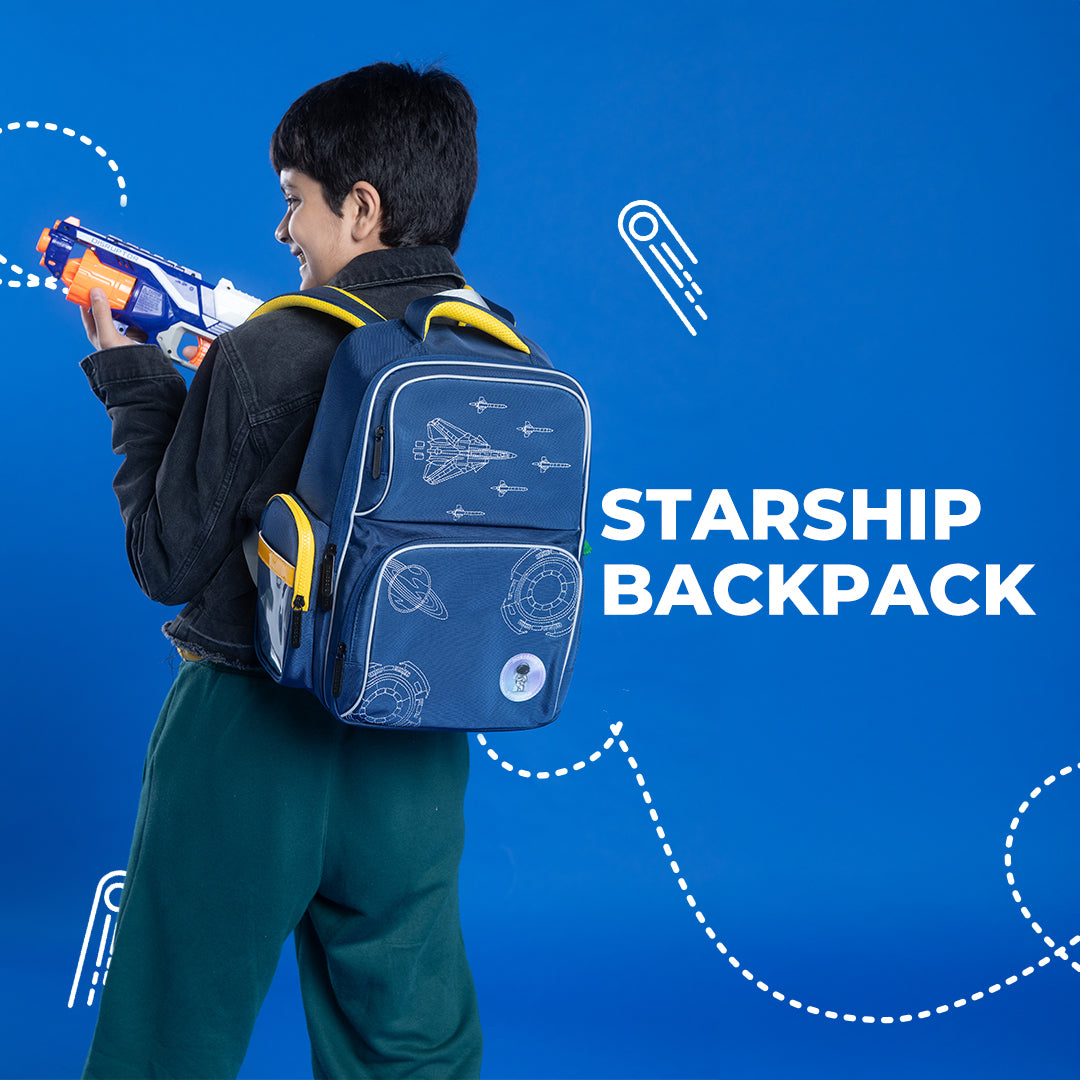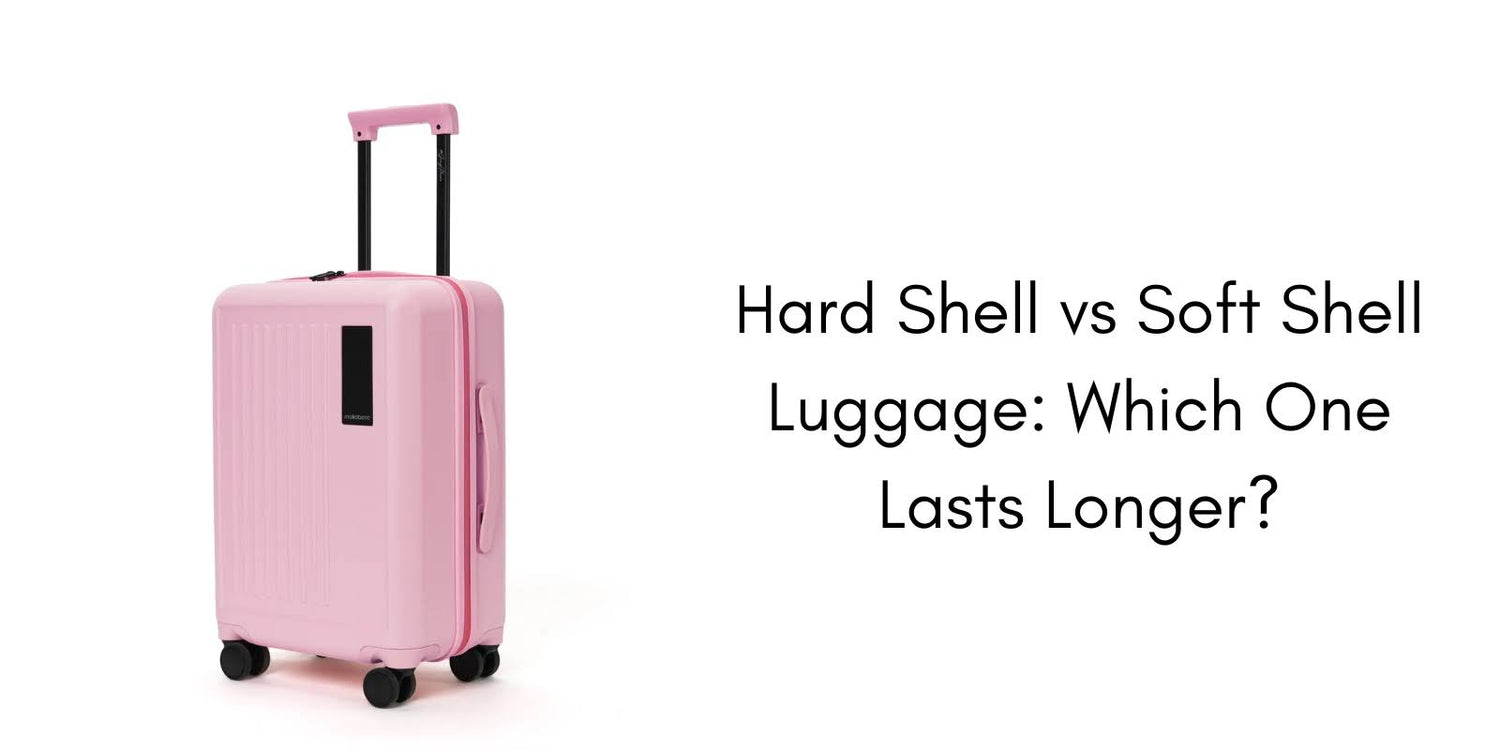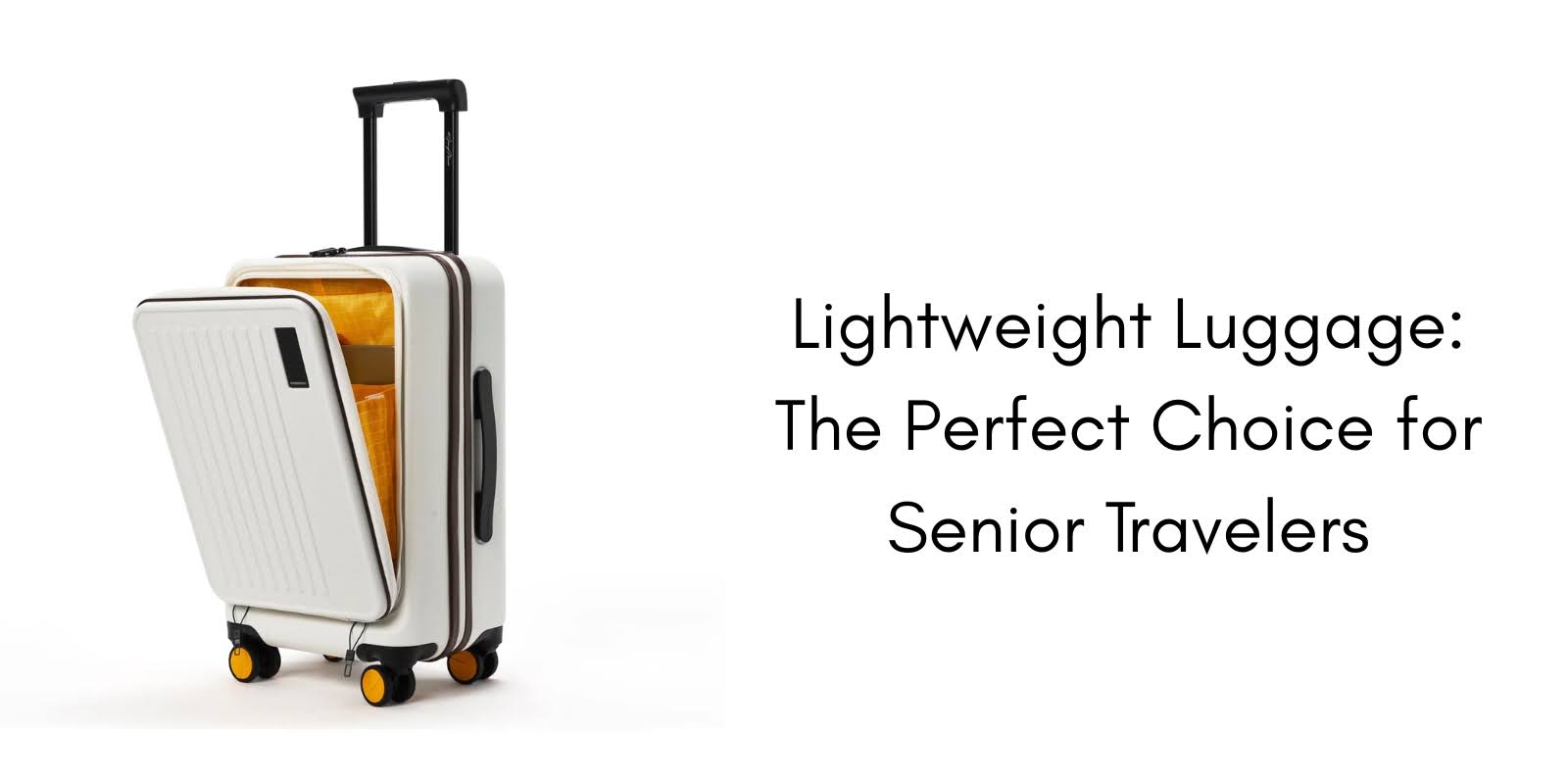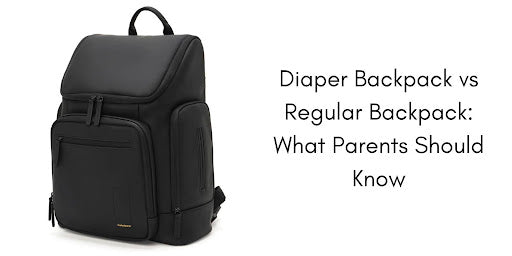Key Takeaways
- Hard shell luggage distributes airport impact evenly across the entire structure; soft alternatives concentrate pressure at weak seams.
- Rigid design keeps wheels stable and functional for years; flexible luggage wheels wobble and fail within 2-3 years.
- Hard vs soft luggage fundamentally comes down to physics; structured exteriors protect contents better than flexible material ever can.
- Handles on hard shell suitcases integrate into reinforced frames, not fabric that tears; this is where durability really shows.
- Interior compartments in durable luggage serve a dual purpose: organizing belongings while reinforcing the overall structure against deformation.
- Every design choice, wheels, handles, compartments work together to prove luggage durability isn't about material; it's about thoughtful engineering.
You're standing at the baggage carousel watching your luggage go around, and a thought hits you: Will it survive another trip?
The truth is, luggage doesn't fail because of magic. It fails because of how it's built. The design choices made during creation, the handle mechanism, wheel placement, structural support, internal organization, these are what determine if your durable luggage becomes a trusty travel companion or a regrettable purchase.
So here's the real question: does a hard shell luggage actually last longer than soft shell? The answer isn't straightforward, but the design principles behind it are worth understanding.
Hard Shell vs Soft Luggage: Understanding the Design Difference
When we talk about hard vs soft luggage, we're really discussing how each design handles impact and stress differently.
How Hard Shell Luggage Absorbs Impact
Hard shell luggage uses rigid exterior construction. This design approach means the structure absorbs impact from the outside, protecting your belongings inside. Think of it like a shell, the design principle is to take the hit so your stuff doesn't have to.
A well-designed hard shell suitcase keeps impact forces from transferring directly to your belongings. The wheels, handles, and internal structure are engineered to distribute stress evenly rather than concentrating it in one spot where zippers or seams might fail.
Why Soft Shell Luggage Flexes
Soft shell suitcases take a different approach. The fabric flexes, which some travelers love because it fits snugly into tight overhead bins. But that flexibility comes at a cost when luggage meets the rough handling of airports.
The problem: when flexible material bends under pressure, stress concentrates at attachment points instead of spreading across the structure.
The Real Test: Design Features That Make the Difference
When durability matters, the details matter most.
Where Wheels Make or Break Luggage
Hard shell luggage has wheels fixed in a rigid base, which resists lateral stress. Because the luggage body is rigid, the wheels don't experience the twisting and flexing that softside bags put them through. The base remains stable, which means less wear on wheel bearings.
In contrast, wheels on soft-sided luggage are attached to flexible material. Every time the bag bends, the wheel attachment points experience stress. Over time, this leads to wobbling wheels or complete attachment failure.
Handles That Actually Hold Up
The handle mechanism is where most luggage fails. Hard shell suitcases have handles built directly to a structured frame. Soft-sided bags attach handles to fabric, which eventually tears under repeated stress.
A quality handle in hard shell luggage distributes pressure evenly through the structure, not concentrating it at a few weak points.
|
Durability Factor |
Hard Shell Luggage |
Soft Shell Luggage |
|
Wheel System |
Fixed in a rigid base, resists lateral stress |
Potentially more stress on attachment points |
|
Handle Integration |
Built into a structured frame |
Attached to a flexible exterior |
|
Seam Strength |
Protected by rigid walls |
Bears more direct pressure |
|
Internal Support |
Compartments reinforce structure |
Rely on fabric rigidity |
|
Longevity |
5-8+ years with daily use |
3-5 years typical lifespan |
Internal Organization as Structural Support
Most people overlook this: the interior of hard-shell luggage includes structural compartments that reinforce the overall structure. These aren't just for organizing belongings. They're part of the design's strength.
Soft-sided bags rely entirely on fabric rigidity. Without internal support, they're vulnerable to crushing when stacked in cargo holds.
Why Hard Shell Suitcase Design Holds Up Better
The design philosophy behind hard vs soft luggage comes down to force distribution. When luggage hits a concrete floor, that energy has to go somewhere.
Impact Distribution vs Stress Points
With soft-sided bags, force travels through the fabric, often converging at stress points like corners and zippers. Hard shell luggage spreads that impact across a larger surface area. It's not magic, it's physics.
Protecting Your Belongings From the Inside Out
Additionally, hard shell luggage protects the interior organization better. Most designs include structural compartments that keep your belongings from shifting around. Soft sides might give, but that means your items feel the movement. Over time, this repeated flexing weakens zippers and seams.
Design Philosophy That Actually Works
What matters most: the best luggage material isn't actually about material at all. It's about how the design utilizes that material. A well-designed hard exterior, combined with thoughtful handle engineering and silent-running wheels, creates luggage that simply lasts longer.
Take the Transit Cabin Pro, its design features a quick-access front compartment and reinforced corners. Or the Aisle Trunk, which incorporates groove details on the exterior that actually enhance structural strength. Even the Em Cabin Pro prioritizes design efficiency with its slim external pocket and internal organization that protects contents while maintaining durable luggage for years.
The design principle here is lagom, not too heavy, not too flimsy. Just right for actual travel.
Stop Buying Luggage That Quits on You
Here's what we know: hard shell luggage wins on durability. The design works. The engineering holds up. The structure protects what matters. But knowing and experiencing are different things.
That's why we built a 30-day trial into every Mokobara purchase. Take any of our hard shell suitcases on real trips. Throw it in the cargo. Roll it across airport tiles. Live with it for a month. If the design doesn't convince you, if the durability doesn't prove itself, if it's not the right fit. Send it back. Full refund. Zero hassle.
We're that confident in how we build because we know hard vs soft luggage isn't a debate when you've actually felt the difference. The smooth wheels. The solid handle. The way it protects everything inside.
Your next trip is too important for luggage that won't last. Choose a design that works. Because when you're #GoingPlaces, you need durable luggage built to handle what airports throw at it.
FAQ: Your Luggage Durability Questions Answered
1. What are the pros and cons of hard shell luggage?
Pros: Better impact protection, longer lifespan, keeps belongings organized. Cons: Slightly heavier, doesn't compress into tight spaces.
2. Is soft shell luggage better for travel?
It's better only if you frequently need that compression feature. For durability, hard shell suitcases win consistently.
3. Which luggage type lasts longer?
Hard shell luggage typically lasts 5-8+ years versus 3-5 years for soft shell when used regularly.
4. Is hard shell luggage worth it?
Yes. The initial investment pays off through longevity and better protection.
5. What is the most durable suitcase brand?
Brands that prioritize thoughtful design over just materials create the most durable luggage. Look for quality wheel systems, reinforced handles, and smart internal organization.
Also Read
Luggage Size Chart: A Complete Guide for Your Next Trip
Cabin vs Check-in Baggage: What Every Traveler Should Know






Leave a comment
This site is protected by hCaptcha and the hCaptcha Privacy Policy and Terms of Service apply.